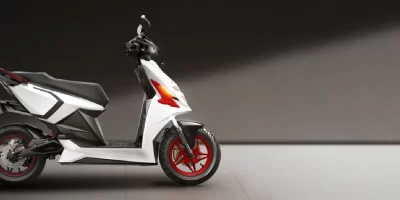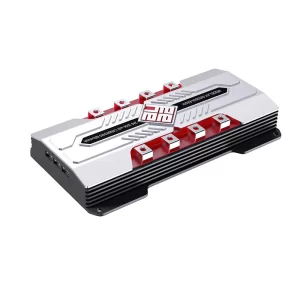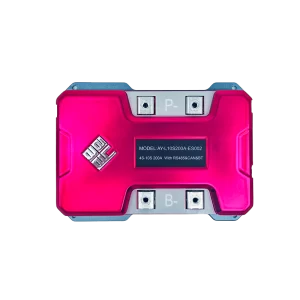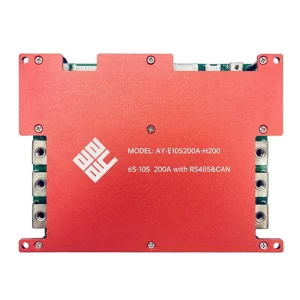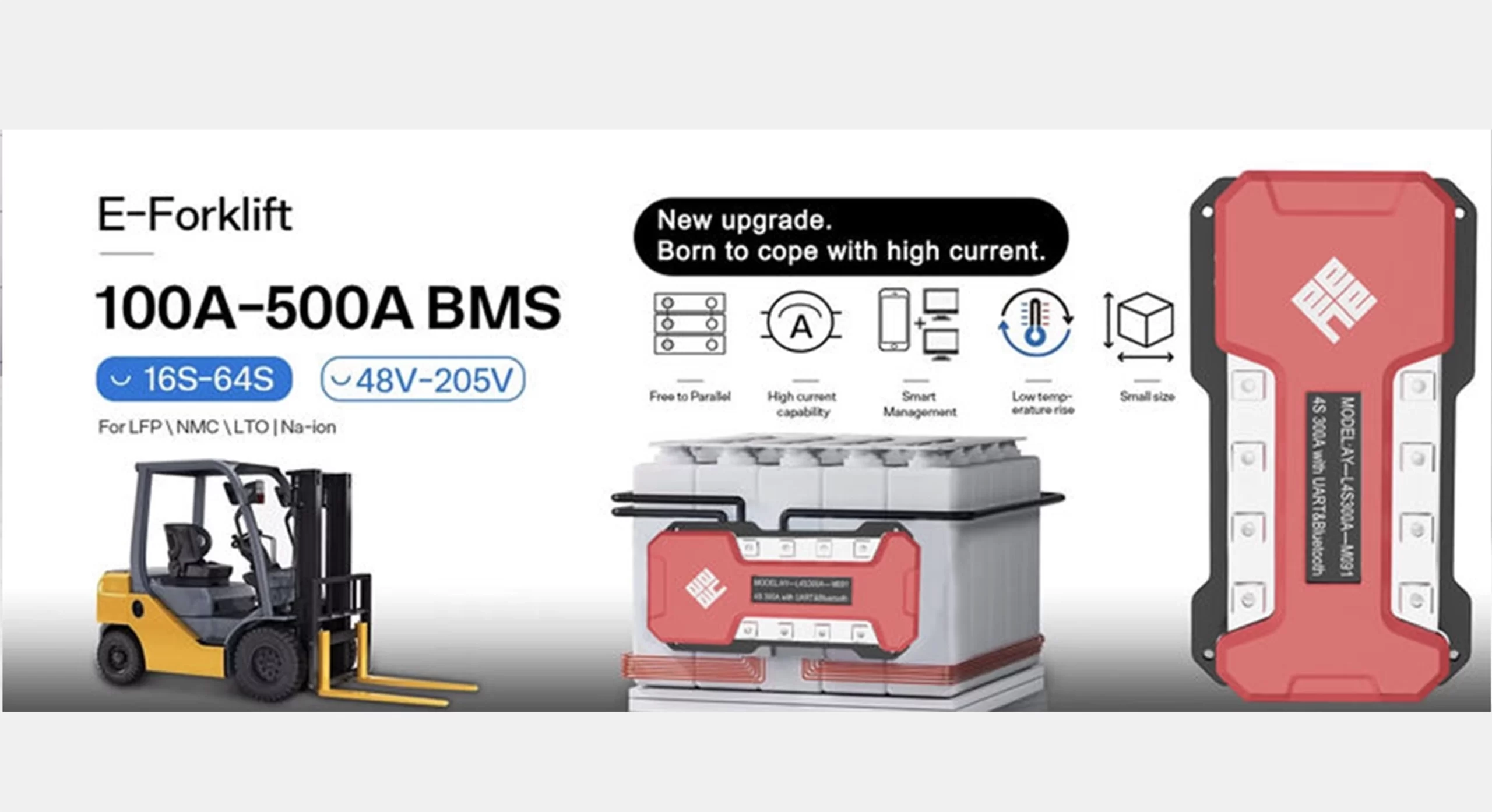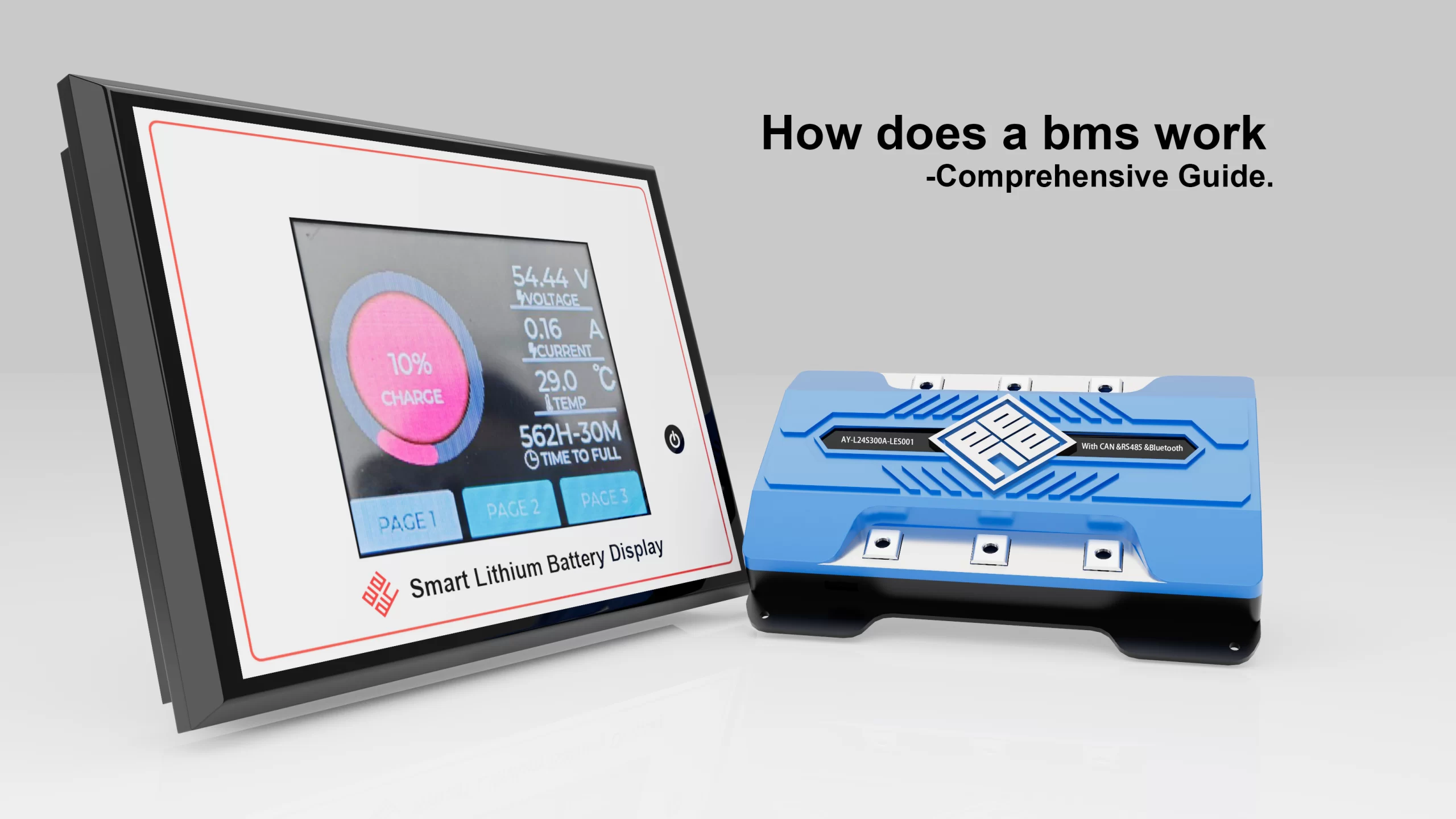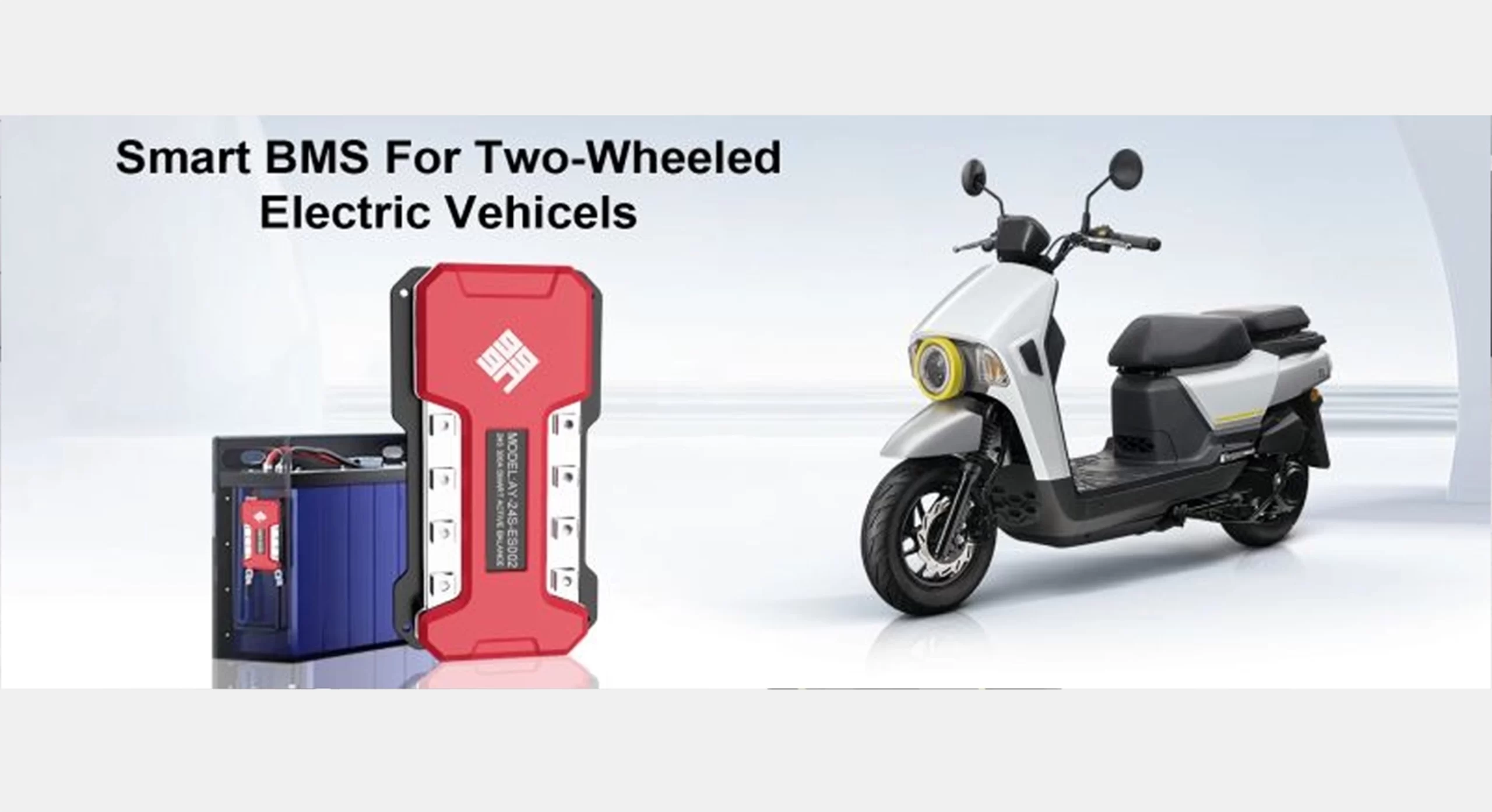Home About Us EVENTS & NEWS How Battery Pack Design for Electric Vehicle Impacts Performance, Safety, and Lifecycle
How Battery Pack Design for Electric Vehicle Impacts Performance, Safety, and Lifecycle
How Battery Pack Design for Electric Vehicle Impacts Performance, Safety, and Lifecycle
The battery pack design for electric vehicle (EVs) has become a crucial factor in determining performance, safety, and longevity as EVs continue to transform the automotive industry.
A carefully designed battery pack that powers motion, regulates temperature, and guards against failure is the foundation of any successful EV.
We’ll examine how battery pack design influences actual outcomes, emphasizing the essential elements and procedures, and provide three cutting-edge BMS methods that can significantly improve battery pack performance.
Components and How They Work Together
There are four key components in a contemporary battery pack design for electric vehicle:
Battery Cells: Typically lithium-ion, cells are arranged in series and parallel to achieve target voltage and capacity.
Battery Management System (BMS): Monitors voltage, current, temperature, and health of each cell.
It prevents overcharge, over-discharge, and short circuits.
Thermal Management System: Keeps battery temperatures within optimal operating ranges.
Methods include air cooling, liquid cooling, or phase-change materials.
Protective Housing: Shields internal components from vibration, moisture, and physical damage.
When combined, these subsystems guarantee that the EV will function dependably even in challenging driving or environmental circumstances.
The Design Process: From Concept to Validation
An electric battery pack design for electric vehicle must go through numerous crucial phases:
Goal Definition: Designers begin by targeting key metrics such as energy density (Wh/kg), cycle life, and safety level.
Cell & BMS Selection: Based on vehicle type and expected usage, designers choose appropriate cell chemistry (e.g., NMC or LFP) and an intelligent BMS for real-time monitoring and protection.
Mechanical Layout: Engineers configure the cell arrangement, wiring paths, and cooling channels to balance size, weight, and thermal performance.
Thermal Simulation: CFD and heat modeling ensure thermal issues are identified and resolved early.
Validation Testing: Final packs are subjected to electrical, thermal, vibration, and drop tests to confirm safety and compliance.
Passing laboratory tests is only one aspect of a strong battery design; another is its ability to function consistently under real-world circumstances.
Understanding Battery Pack Design for Electric Vehicle
Fundamentally, battery pack design for electric vehicle involves combining battery cells, cooling components, protective housings, and battery management systems (BMS) into a single module that provides power in a safe and effective manner.
It involves more than just cell placement; it involves making sure energy is distributed, stored, and controlled to meet the ever-changing needs of EVs.
A well-designed battery pack affects a number of important results:
Driving Range: A more energy-dense design delivers longer range.
Safety: Proper thermal control and cell monitoring reduce fire and failure risks.
Lifecycle: A durable design ensures thousands of charge cycles with minimal degradation.
Application Scope and Real-World Use Cases
Battery pack design for electric vehicle solutions are found in:
Passenger EVs
Electric motorcycles and scooters
Hybrid vehicles
Commercial EV fleets
Residential and commercial energy storage systems
A 100kWh EV battery pack, for example, needs to be built to withstand large current draws (300A) while preserving constant cell voltage and temperature across thousands of cycles.
This calls for precisely designed thermal systems and BMS.
Core Features of Effective Battery Pack Design
The best battery pack designs for EV platforms have the following traits in common:
High Energy Density: Enables longer driving range with minimal volume and weight.
Advanced Safety Protections: Includes multi-level protections against overcurrent, thermal runaway, and voltage imbalance.
Extended Cycle Life: Optimized materials and charging strategies extend usable life beyond 2000 cycles.
Thermal Stability: Active thermal systems ensure uniform cell temperatures to reduce stress and degradation.
These components serve as the cornerstone of an enduring, highly efficient electric car.
Three BMS Solutions to Enhance EV Battery Packs
In order to accommodate different battery pack design for electric vehicle applications, Shenzhen Ayaa Technology Co., Ltd. has created a number of intelligent BMS platforms.
A closer look at three flagship models is provided here:
1. AY-L24S300A-ES001 (7S–24S)
Rated Current: 300A continuous discharge
Communication: CAN, UART, RS485
Applications: Heavy-duty EVs, industrial storage
Highlights:
Parallel pack support
Active balancing available
Flexible configuration for energy-intensive systems
Applications needing precise cell management and excellent power delivery are best suited for this solution.
2. AY-L10S200A-ES002 (4S–10S)
Rated Current: 200A
Voltage Support: DC 25.2V ~ 42V
Communication: UART and RS485
Applications: Light EVs, scooters, battery trolleys
Highlights:
Low standby power
High-accuracy temperature sensing (NTC 10K)
High-quality PCB materials
This model is small yet strong, supporting flexible vehicle systems where safety and effectiveness are top concerns.
3. AY-LS10S200A-H200 (6S–10S)
Intelligent Monitoring: SOC estimation, short circuit protection, dual-stage overcurrent detection
Temperature Range: -40°C to 85°C (operation)
Applications: Mobile medical equipment, robotic platforms, e-carts
Highlights:
Integrated heating function
Ultra-low sleep mode current (<150uA)
Supports intelligent weak current switch
For intelligent and temperature-sensitive EV subsystems, this is the perfect answer.
Why Partner with Shenzhen Ayaa Technology?
One reliable supplier of specialized battery pack design for electric vehicle applications is Shenzhen Ayaa Technology.
With more than 20 years of technological expertise and a wide range of BMS solutions, Ayaa provides:
400+ models (1S–35S) supporting 1A to 320A
Global compatibility: CANBUS, UART, SMBUS, Bluetooth
Robust design-for-manufacturing (DFM) and PPAP support
Engineering services covering layout, FMEA, thermal design, and testing
The BMS solutions from Ayaa may assist you in designing, validating, and scaling with assurance, whether you’re introducing a high-performance EV or incorporating a battery system into a smart mobility platform.
FAQ
Q:Which battery pack is used in EV?
A:Lithium-ion batteries.Because of their high energy density—which allows them to store more energy per unit mass than other batteries—these are the most popular kind of EV batteries.
Q:What is battery pack design?
A:Battery Pack Design: What Is It? The workflow for developing battery technology is built on the design of battery packs. Your system’s energy needs must be met by the battery pack, and the architecture of the pack will influence how the battery management system and thermal management system are designed and put into place.
Q:What is the design of battery electric vehicle?
A:A strong electric motor and a properly sized battery system are features of the battery electric vehicle (BEV). There is no need for a combustion engine, gasoline tank, or even an exhaust system because the vehicle is powered solely by an electric motor. Either the power grid or recuperation are used to charge the car.
Battery pack design for electric vehicle is crucial for reasons that go well beyond the lab; it affects EV performance, longevity, and road safety.
Energy storage innovation is accelerating, so now is the ideal moment to make investments in scalable, intelligent, and efficient battery design.
Shenzhen Ayaa Technology is prepared to assist you with your upcoming project by offering tested BMS solutions that guarantee system-level safety, increase service life, and maximize performance.
Get in touch with us right now to find out how our battery pack technologies can improve your electric vehicle.





